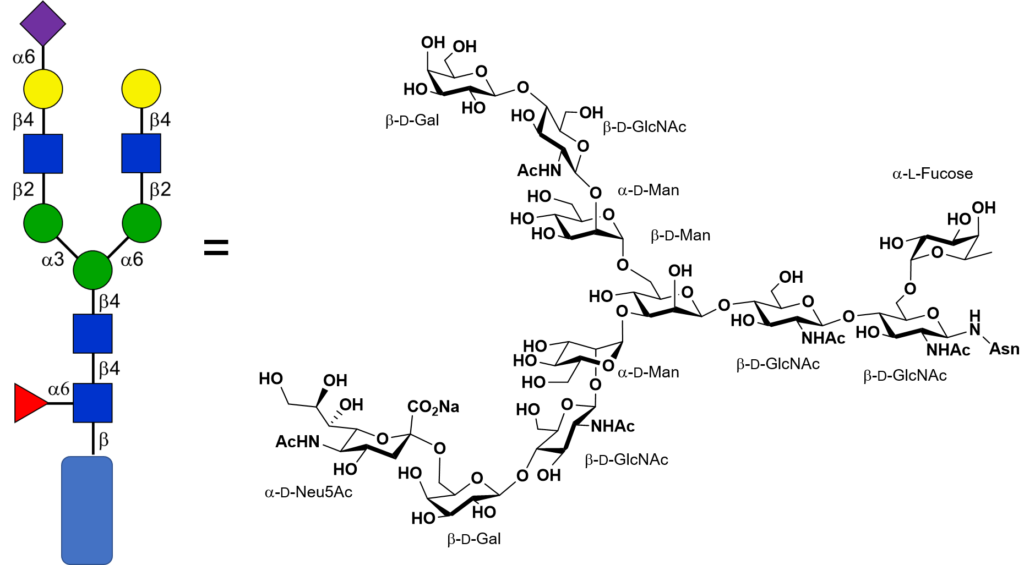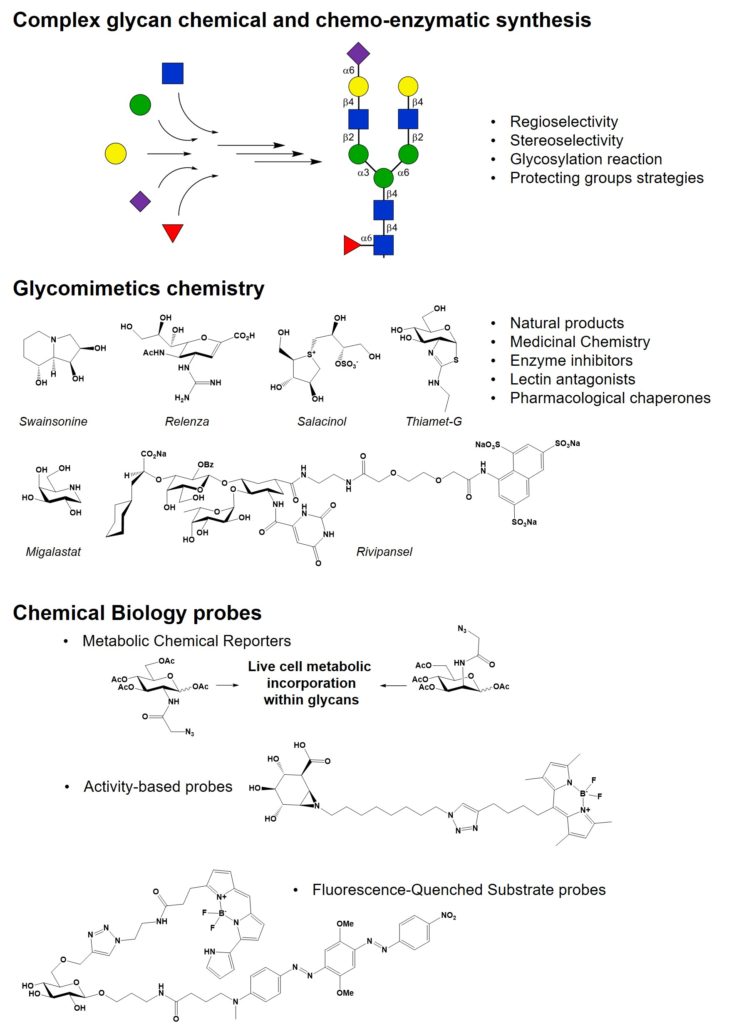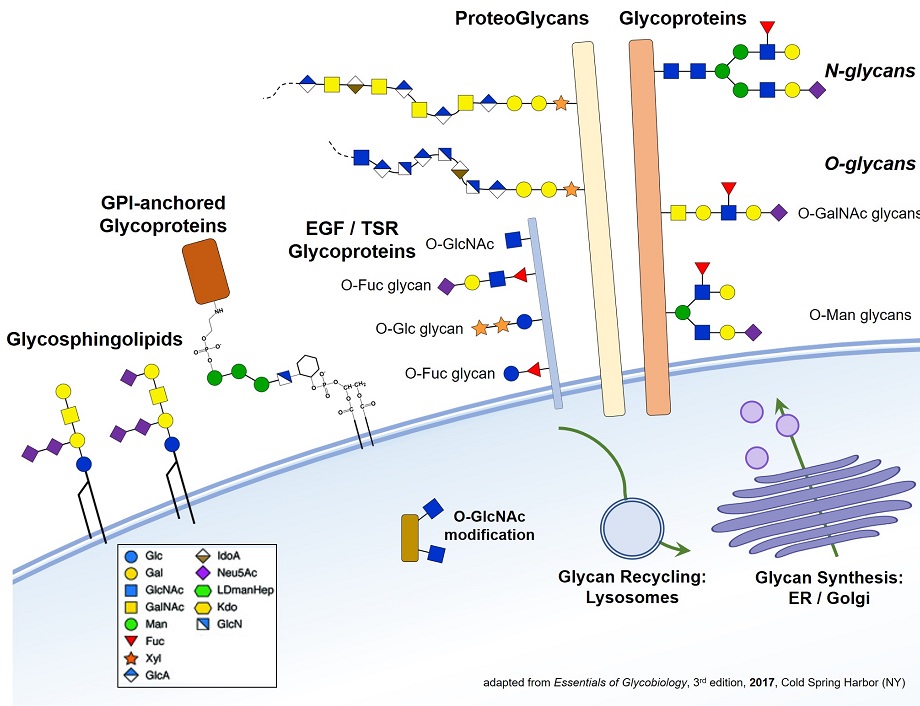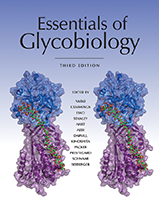Free full text available at NCBI:
Essentials of Glycobiology, 3rd edition
Editors: Ajit Varki, Richard D Cummings, Jeffrey D Esko, Pamela Stanley, Gerald W Hart, Markus Aebi, Alan G Darvill, Taroh Kinoshita, Nicolle H Packer, James H Prestegard, Ronald L Schnaar, and Peter H Seeberger.
Cold Spring Harbor (NY), 2017.





